The 150 horsepower version of the SPAD VII is now out thanks to update 4.603 and it comes packing with some nice features as well as filling an interesting gap in the aircraft list for Flying Circus. Let’s have a look at this new aircraft, how it handles, what its strengths and weaknesses are, and how it fits into the bigger picture.
A bit of history

World War I’s aircraft history reads like a continual game of “one-upsmanship” where one or two new aircraft types appear over the battlefield beating out all other designs and then the other side responds in-kind with their own design that upsets the status quo in the other direction. That is true with the appearance of the SPAD VII over the battlefields of WWI.
Hispano-Suiza in 1915 managed to successfully turn their V-8 automotive engine into an aero engine and the Hispano-Suiza 8Aa coming in 140hp and 150hp variations as the type improved was an engine in search of a suitable airframe to match.
The SPAD VII traces it lineage back to the SPAD V and the two seat SPAD S.A-2. The S.A-2 featured a forward observer that was positioned ahead of the propeller in an unusual configuration and with the observer removed and several features reduced in size, the SPAD fighter began to take shape.
Although the SPAD V first flew in May of 1916, it wouldn’t be until the fall that the first few examples arrived on the frontline and it would be almost a full year later, in February of 1917 that the initial batch were delivered. Teething problems were worked out but the fighter did contribute to a rebalancing of Allied scout aircraft that were again ahead of their German counterparts. For a time.
The SPAD was primarily by the French, British, and American forces although the Belgians, Russians, and Greeks among a dozen other countries used it as well. A later 180hp version was developed (also coming to Flying Circus) before the type was superseded by the SPAD XII which was the first aircraft to release for Flying Circus Vol 1.
Flying the SPAD VII
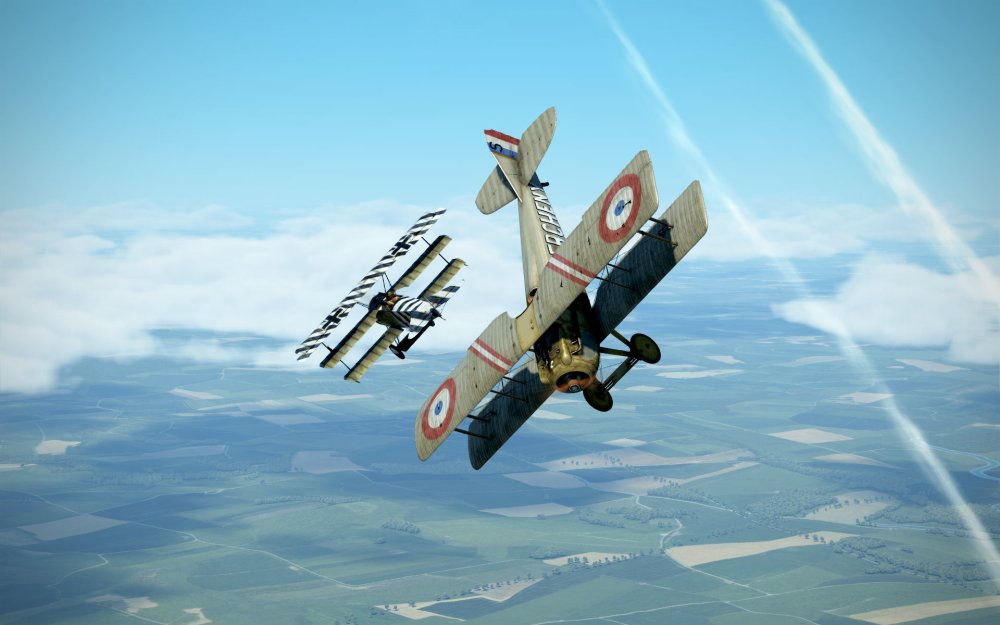
With the majority of SPAD VII’s starting to arrive by February 1917, the aircraft finds itself at an earlier point in the line-up of aircraft that are currently available in Flying Circus. This type came several months earlier than the successful Sopwith Camel and SE5a fighters but it doesn’t feel that far behind them in performance.
When consulting some of the numbers available on the information cards in Flying Circus, it’s clear that the SPAD VII isn’t much slower than some of the best fighters already available and that plays out too when you’re flying it.
What the SPAD is not is very nimble in my experience. It’s stable, sure footed, and relatively easy to handle unless you want to turn fight in it. It doesn’t turn nearly as tightly as something like the Camel but it can hold its own against some of the slightly less agile but more boom and zoom oriented types. Roll rate is also average and rudder can be used to help kick it in the direction you want to go.
While not in combat, however, the SPAD is very pleasant to fly and when it stalls, it tends to shudder a lot more than it does anything else. It’s that communication that helps avoid more nasty snap stalls and that’s a real plus when flying some of the more unstable types.
Into combat

The SPAD does fairly well for itself when in combat. The default single Vickers 7.69mm offers less available firepower than most aircraft its going up against but it does partially make up for that with an optional Lewis machine gun firing in the overwing position. It’s not ideal but clearly helps make up for the firepower deficit.
For the most part, the SPAD can hang with most high performing types fairly well despite only having 150hp. It gains speed more slowly and is slower to climb than the SPAD XII and the SPAD VII 180hp variant which is yet to come. This makes approaching combat against superior climbing aircraft a more conservative affair with the need to carefully manage energy and retain an advantage.
The SPAD also has several modifications although the most interesting is the eight “Le Prieur” rockets. These come in AP and HE variations and although I haven’t been able to use them against much except for balloons, they do seem like they might be useful when aimed carefully against something large like a Gotha G.V (coming later in development). Against fighters, they do devastating damage but are hard to aim and are rarely useful in a dogfight. Even against something larger like the Halberstadt CL.II, I found them unwieldy and ultimately they cause more weight and drag than they are worth the potential firepower bonus. I wouldn’t take them unless on a specialist mission.

When it comes to damage, the SPAD VII seems able to take a few hits and keep on going which is good. I did suffer catastrophic wing loss after several hits into my wing in one head-on pass and subsequent tight turn but that seems to be the exception rather than the rule.
Visuals, details and other miscellany
We’ve come to expect high quality products from 1CGS and Ugra Media and the SPAD VII is no exception. The cockpit detailing is outstanding with the wood grain, instrumentation and overall aesthetic captured in high levels of detail. The fine detailing on French style instrumentation for example is superb.
A detail I love is the ammunition drum which is plainly visible from the cockpit. As the machine gun is fired, the whole drum rotates around and the individual bullets are emptied out of it as you continue to fire. It’s a very cool detail that you may not immediately notice when focused on combat but one that I appreciate immensely. It also helps you check your remaining ammunition loadout.
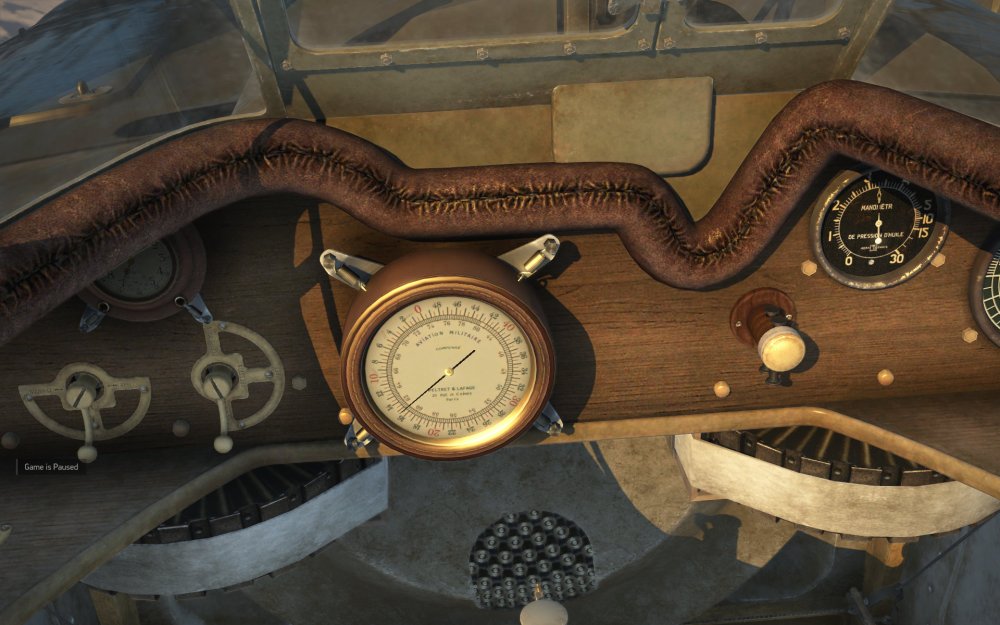
The exterior model is of extremely high quality and has the usual 4K skins that we’ve come to expect. It has the new dynamic damage model showing bullet impacts as well as rips and tears in the skin of the aircraft.
Also on display is the tactical code system which lets you put on a variety of different numbers in several different font styles. On the SPAD VII, they even come in cool two-tone variations which look awesome!
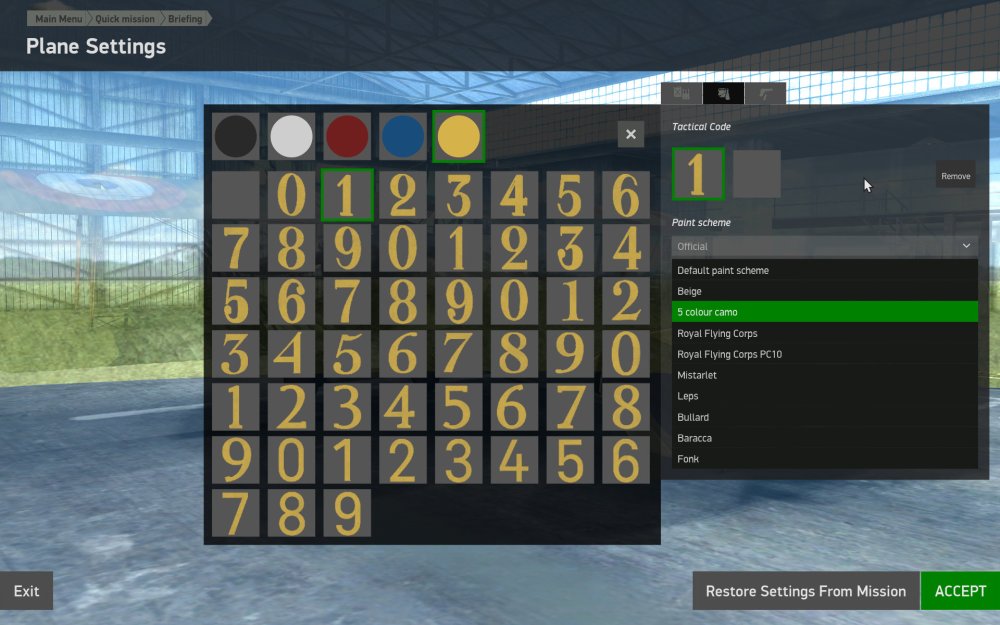
Final thoughts
The SPAD VII 150hp seems like an aircraft that is waiting for some more of its contemporaries to arrive. It makes sense for 1CGS to do the aircraft now, but it’s the 180hp version coming in a future update that will probably fit better into the current set that I see dominating online. Still, that’s a snapshot of what is now rather than the bigger picture of what will be to come and having this critical type will be useful later on down the line as the late 1916 and early 1917 aircraft set become better developed.
The SPAD VII offers little or no reason to take it when the SPAD XII is so much more powerful but we don’t fly these aircraft just because of their performance but also because of their place in history. This version will have its time in the sun very soon and it’s reassuring to know that it’s been brilliantly done!




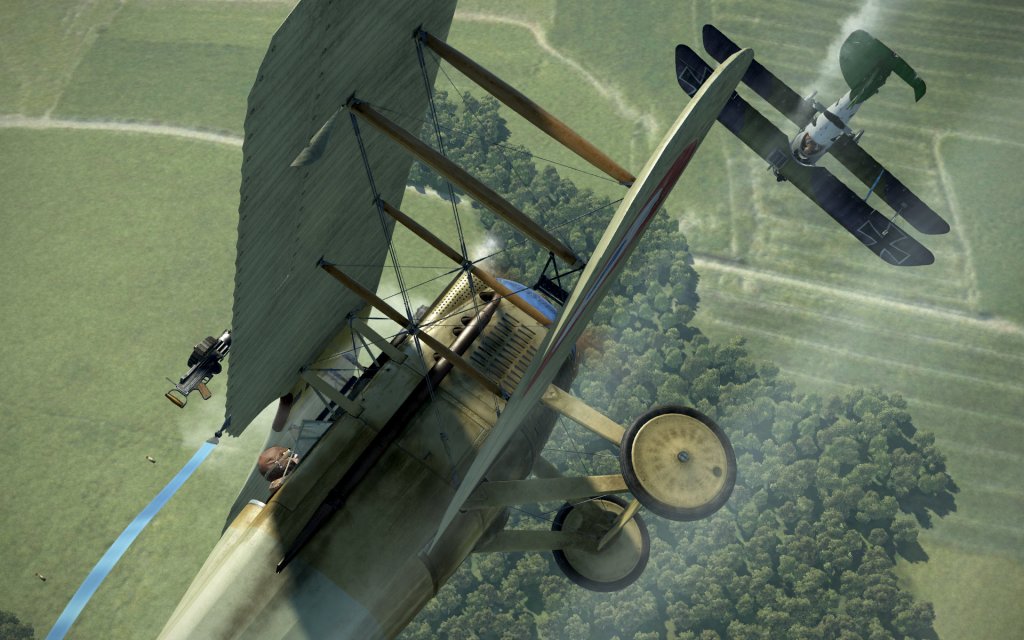




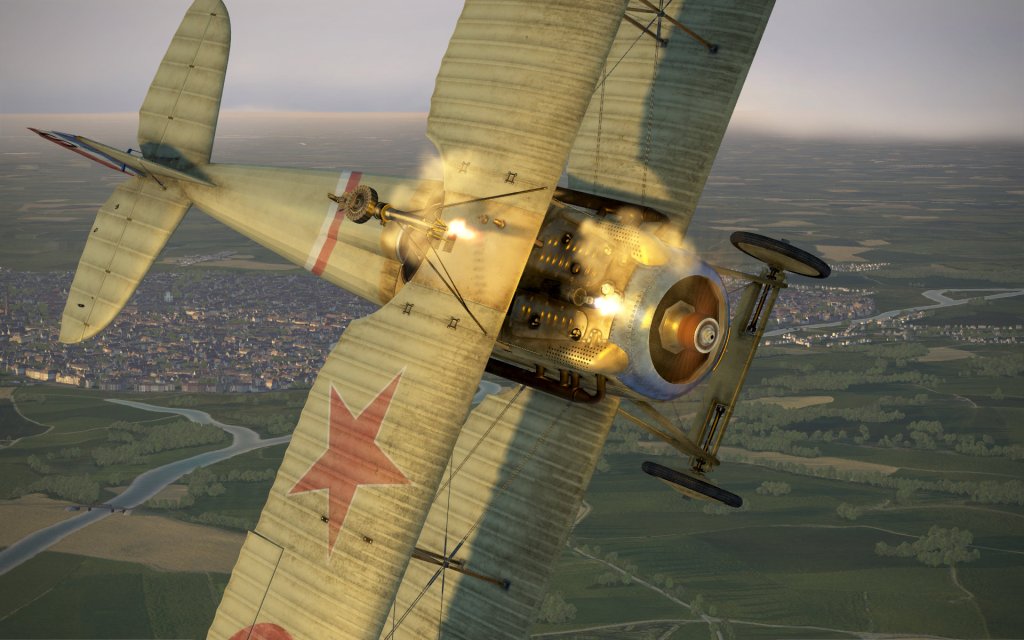


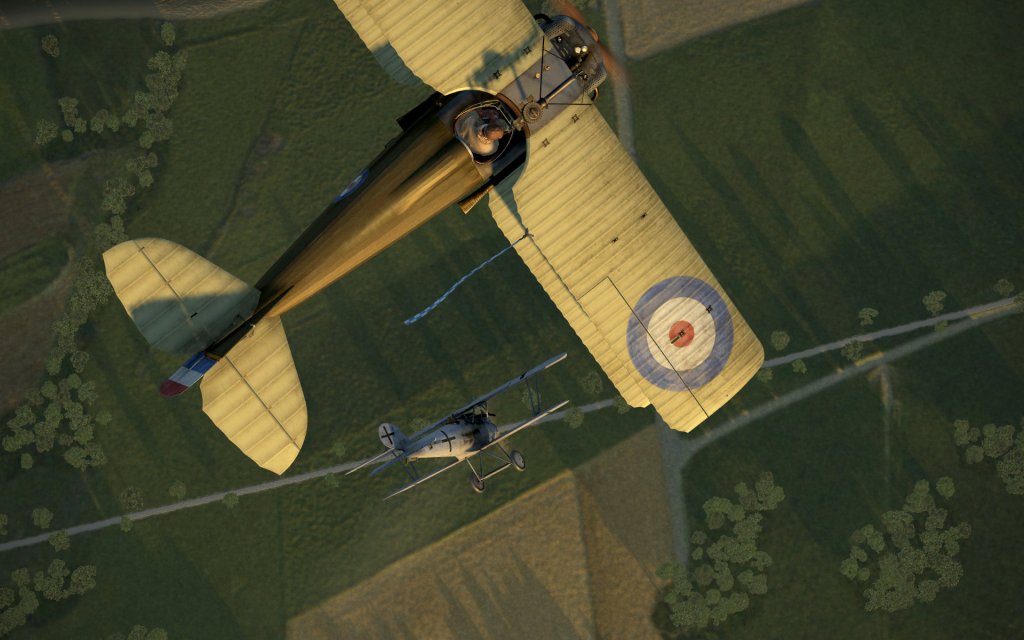
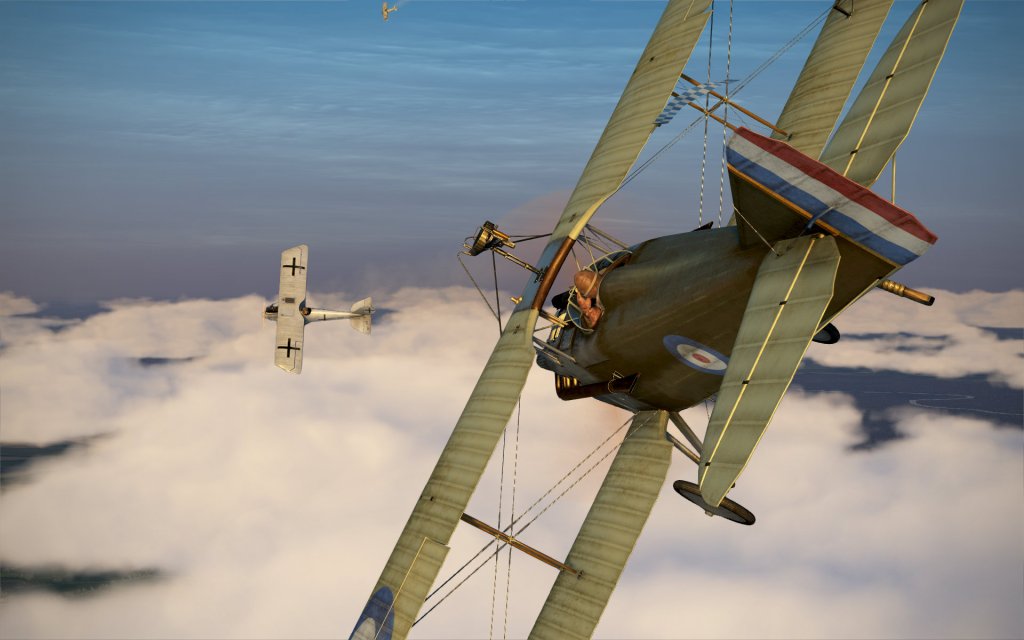

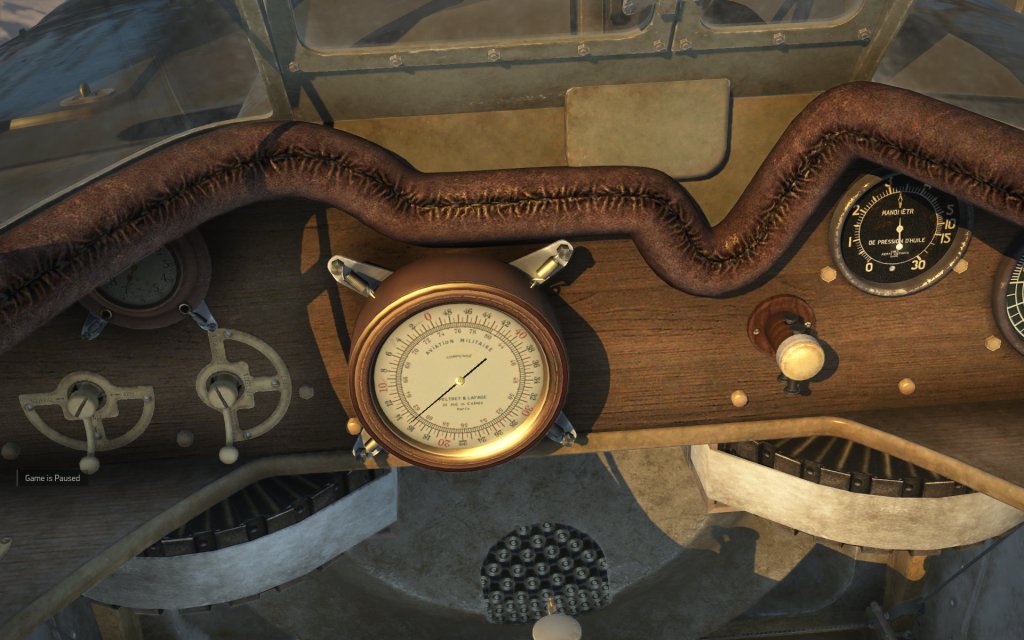



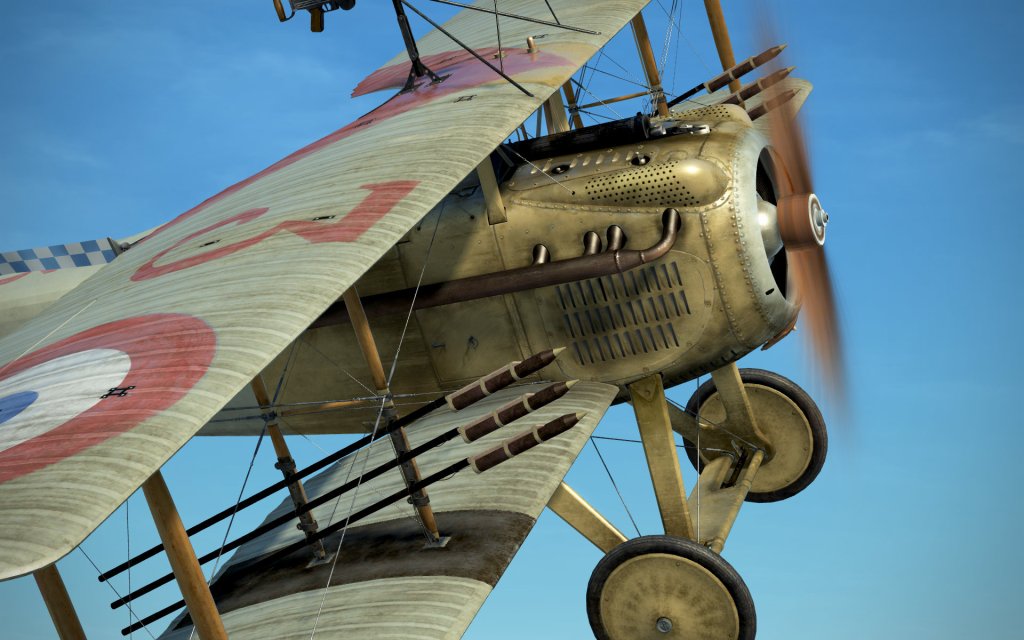

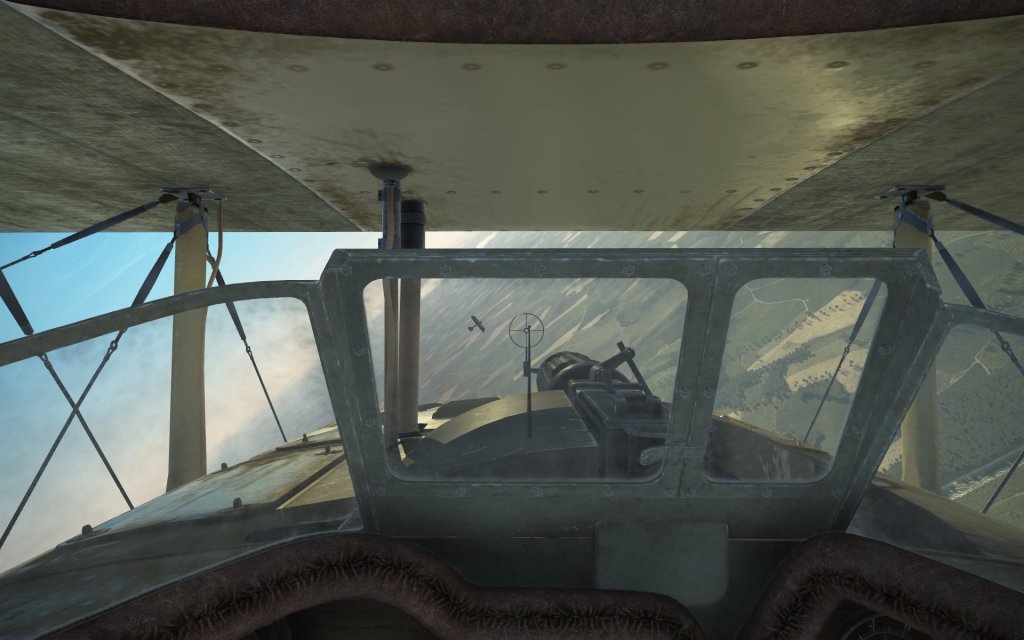
Loved the SPAD VII in RoF!
Was among the last planes that I got and within 10 seconds of leaving the ground, it was amazing to fly.
LikeLiked by 1 person
The WWI experience (a.o.) is something sorely missing from DCS ! FC, TC and the true era maps and equipment always makes me feel I am truly into war in those years. In DCS I tend to have the feeling I am flying (superb) flight simulator … with map and a mission as add-on.
FC2 is a dream come true to me (had given up hope for a successor) and indeed the SPAD VII 150 hp is indeed (and yet again) extremely detailed and fun to fly !
Thank you for yet another great article.
LikeLiked by 2 people
Great overview. Sure I will get FC.2 eventually. The VII is not really my bag, but very much an important type.
Not sure if your computer has an auto-correct, but we are getting a XIII (development of the VII) and widely used rather than a XII (various difference to support the 37mm cannon) which was not a common platform.
LikeLiked by 1 person